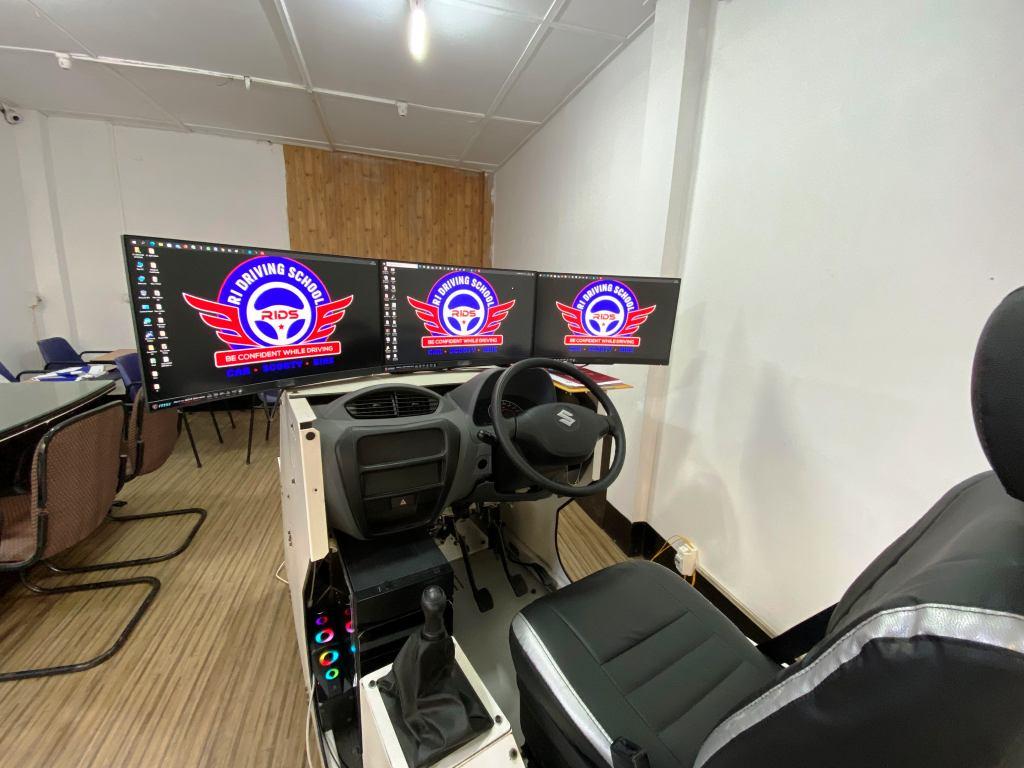rids.verify@gmail.com
+91-9555-581-581 | 9401677773

Learning how to drive a car for the first time | Driving School near me
Learning how to drive a car for the first time can be both exciting and nerve-wracking. Here are some steps and tips to help you get started or you can take Driving Class at RI Driving School:
Click YouTube / RI DRIVING SCHOOL
1. Familiarize yourself with the car’s controls: Before you start driving, take some time to understand the different controls in the car, such as the steering wheel, pedals (accelerator, brake, and clutch if applicable), gear shift, turn signals, headlights, and windshield wipers.
2. Adjust your seat and mirrors: Make sure you’re comfortable and have a clear view of the road. Adjust your seat position, rearview mirror, and side mirrors accordingly.
3. Start in a safe, open area: Find a quiet, open space like an empty parking lot or a residential street with minimal traffic to practice your initial maneuvers.
4. Start with basic maneuvers: Begin by practicing starting the car, accelerating, and braking gently. Get a feel for how the car responds to your inputs.
5. Learn to steer: Practice steering the car smoothly and gradually. Remember to use both hands on the steering wheel and keep them at the 9 and 3 o’clock positions.
6. Master turning and lane changes: Once you’re comfortable with steering, practice making turns and changing lanes. Use your turn signals to indicate your intentions and always check your mirrors and blind spots before making any maneuvers.
7. Learn to park: Parking can be challenging for beginners. Start by practicing parallel parking, perpendicular parking, and parking on hills. Take your time and be patient with yourself.
8. Understand traffic rules and signs: Study and familiarize yourself with the local traffic rules, road signs, and signals. Knowing and following these rules will help keep you and others safe on the road.
9. Practice defensive driving: Always be aware of your surroundings and anticipate the actions of other drivers. Maintain a safe distance from the vehicle ahead, use your mirrors frequently, and be prepared to react to unexpected situations.
10. Take it slow and be patient: Learning to drive takes time and practice. Don’t rush the process and give yourself enough time to become comfortable behind the wheel. Remember, everyone learns at their own pace.
Additionally, consider taking professional driving lessons from a certified instructor. They can provide you with valuable guidance and help you develop good driving habits from the start.
Most importantly, stay calm and confident while driving. With practice and experience, you’ll become more comfortable and skilled on the road.







